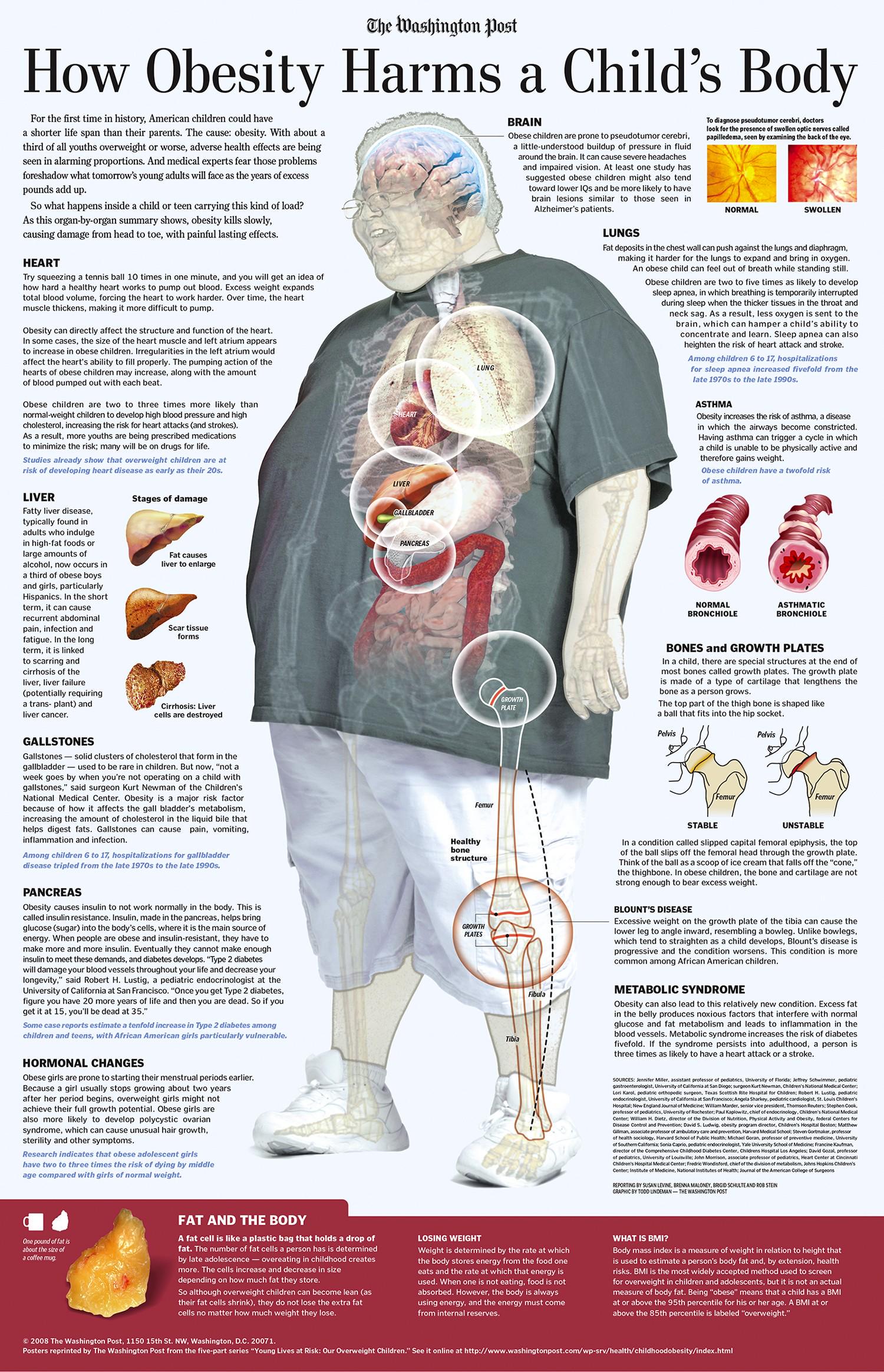Cool Guides
Rules for Posting Guides on Our Community
1. Defining a Guide Guides are comprehensive reference materials, how-tos, or comparison tables. A guide must be well-organized both in content and layout. Information should be easily accessible without unnecessary navigation. Guides can include flowcharts, step-by-step instructions, or visual references that compare different elements side by side.
2. Infographic Guidelines Infographics are permitted if they are educational and informative. They should aim to convey complex information visually and clearly. However, infographics that primarily serve as visual essays without structured guidance will be subject to removal.
3. Grey Area Moderators may use discretion when deciding to remove posts. If in doubt, message us or use downvotes for content you find inappropriate.
4. Source Attribution If you know the original source of a guide, share it in the comments to credit the creators.
5. Diverse Content To keep our community engaging, avoid saturating the feed with similar topics. Excessive posts on a single topic may be moderated to maintain diversity.
6. Verify in Comments Always check the comments for additional insights or corrections. Moderators rely on community expertise for accuracy.
Community Guidelines
-
Direct Image Links Only Only direct links to .png, .jpg, and .jpeg image formats are permitted.
-
Educational Infographics Only Infographics must aim to educate and inform with structured content. Purely narrative or non-informative infographics may be removed.
-
Serious Guides Only Nonserious or comedy-based guides will be removed.
-
No Harmful Content Guides promoting dangerous or harmful activities/materials will be removed. This includes content intended to cause harm to others.
By following these rules, we can maintain a diverse and informative community. If you have any questions or concerns, feel free to reach out to the moderators. Thank you for contributing responsibly!
view the rest of the comments

What bothers me is that people like you are so focused on what some see as “overcorrection.” Y’all spend more time talking about that then the reason that reaction happened in the first place: ridiculously unhealthy, constantly plastered images of what we “should“ look like that usually involve women being thin as a needle and men looking like a Greek hero. That’s the crux of the situation here. That we need to challenge these very unhealthy standards. Those standards have been far more damaging than “big is beautiful“ comments have ever been.
How many women have required medical intervention or even died because of unhealthy attempts to make themselves look like a magazine cover? How many people hate themselves and are mocked ruthlessly because a soap commercial shows a body type that most people will never be able to have? That’s the issue at hand here.
This is a really popular take, but I think quite the opposite has happened actually: most people in media are a normal healthy weight, but they've been demonized as having "impossible" bodies, and I think a major driver of that is people who don't want to admit that their body is unhealthy. If you claim that a BMI of 22 is "ridiculously unhealthy" then you dont have to put any work in to lose weight; after all it's the standard that's wrong!
As far as the Greek statue thing goes, people just need to understand that they are on steroids. You can look like that too, if you want to juice.
What is this based on?
The exact same thing your comment is based on.
No? My claim is based on countless studies over decades. We know for a fact that there are unhealthy standards of beauty/body types pushed in media, advertising, etc. and that they are harmful to our society, particularly for women. This is a measured, proven thing.
You are providing a competing theory and you need sources.